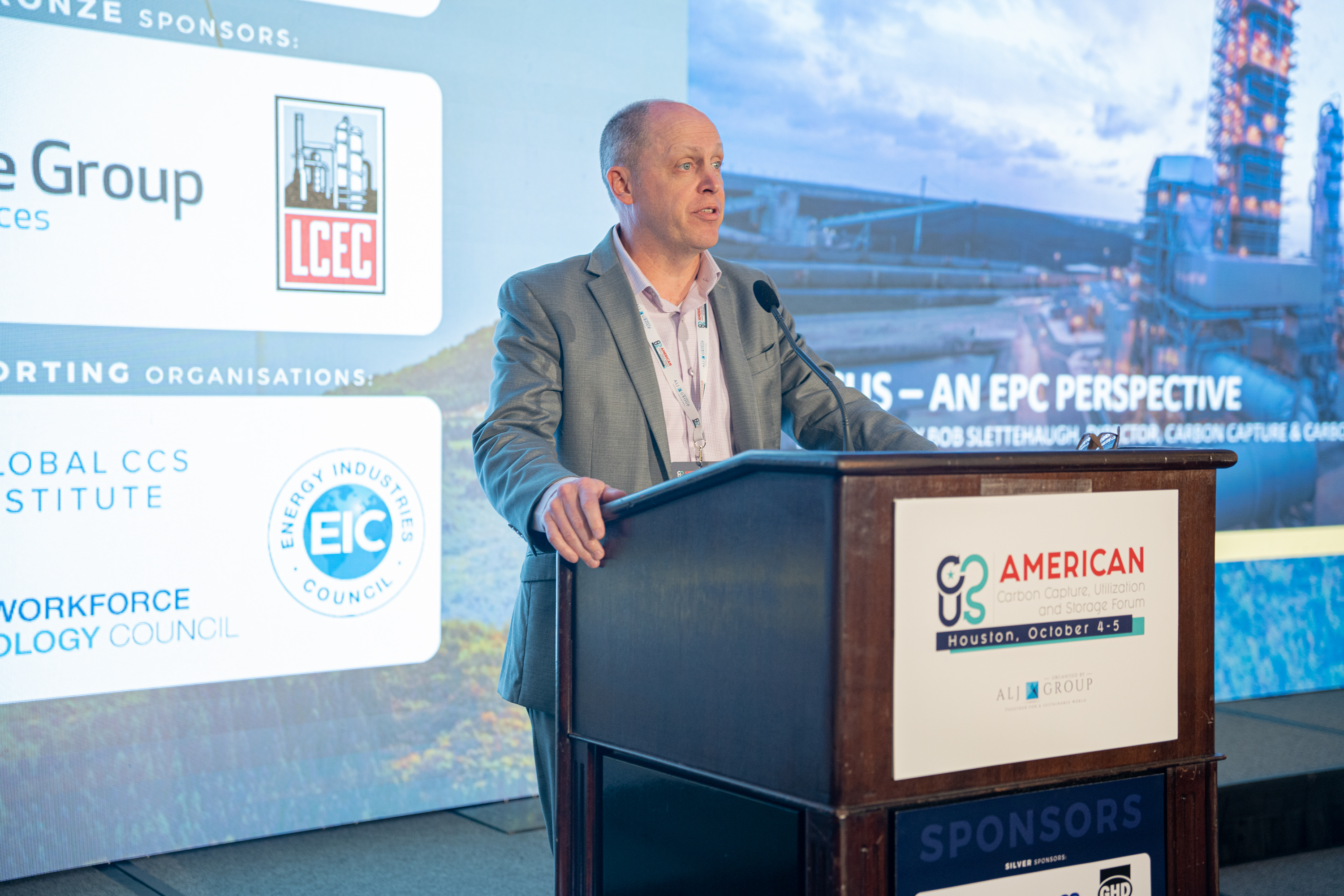Exxon Lays Groundwork for Louisiana Carbon Hub
Inside this issue
American CCUS Forum Recap, Part 3
Last week, the American CCUS Forum took place in Houston, Texas. It was a fantastic opportunity to visit with leaders across the carbon management value chain.
A couple take-aways from the event:
- Funding opportunities with DOE & creative investors
- Regulatory primacy & permitting process
- Supply chain bottlenecks
- Staffing challenges
- Public perception
🦺 Supply chain bottlenecks
Throughout the two day event, EPC and sequestration companies shared concerns about supply chain bottlenecks with equipment and services needed to capture and store carbon.
Collaboration and planning early was a key message. KBR, Worley, Black & Veatch, and other EPCs are seeing a substantial increase in project requests, which is an encouraging sign. There is no doubt that IRA has moved more projects to start. However, several EPCs commented that not all the requests will turn into projects. The CCS projects will be prioritized alongside many other clean energy and decarbonization projects announced in the last year.

Equipment constraints will be inevitable as projects move through design and construction. Based on the Decarbonfuse data, there are nearly 50 carbon capture project scheduled to be operational in 2024 and 2025. It is likely that some of these projects don't pass FID, change scope in FEED, or are delayed in some way. For projects that advance, there are numerous hurdles:
- CO2 sequestration wells are taking 18 to 24 months for regulatory approval
- CO2 compression units require 12 to 18 months lead time
- Pipe requires 3 to 12 months lead time with some mills at capacity
- Variable Frequency Drives (VFDs) require 2 to 9 months lead time
- and the list goes on ...
The International CCS Knowledge Centre in Canada recommends a 6 year timeline from feasability to operational facility.
🏆 Staffing challenges and attracting talent
In one panel, The Role of CCUS in Achieving Zero Carbon Economy it was clear that stakeholders across the value chain expect carbon capture and storage projects to deliver on company's and country's net-zero goals. Right now, there is a shortage of talented staff to deliver these projects.
A mix of talent from different project, engineering, and science disciplines is required to grow industry competencies. Attracting talent towards carbon capture is vital, especially at the early stages of the industry. Furthermore, experience with the projects, technology, and equipment will be crucial as companies begin scaling operations.
Several speakers from the event highlighted their company ambitions to build internal talent strategies along with creating skilled labor training to hire and develop teams that are ready to execute construction. Kiewit, for example, has about 28,000 employees with 16,000 being craft or skilled labor with the remaining 12,000 staff employees. Kiewit provides education for field engineers through executives and built a craft skills program that trains thousands of employees each year.

-
Inside this Issue
🥇 Landmark Emissions-Reduction Project in Louisiana Announced; CF Industries, ExxonMobil, EnLink Midstream to Collaborate
👩🌾 Indigo Ag's Carbon Collaborations Open Sustainability Market Doors for Farmers
❇️ Cummins Drives Gigawatt Electrolyzer Manufacturing Plant Forward in Spain, Expanding Its Global Clean Energy Footprint
🎙 CITGO Participates in Illinois Chamber Future of Energy Panel
Articles in this issue